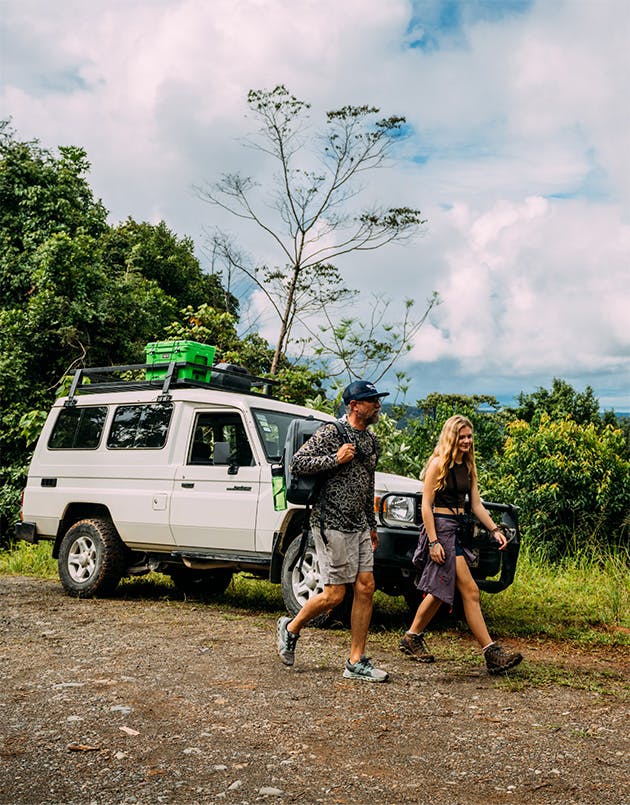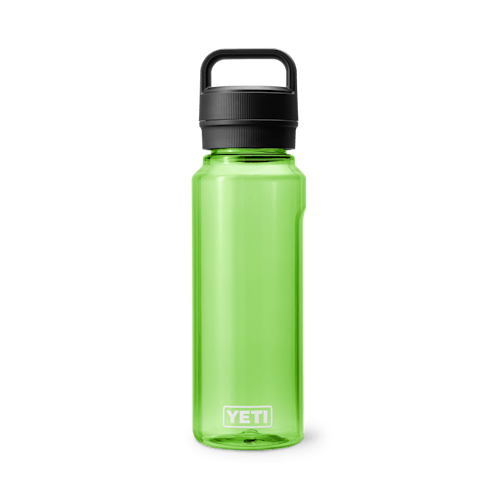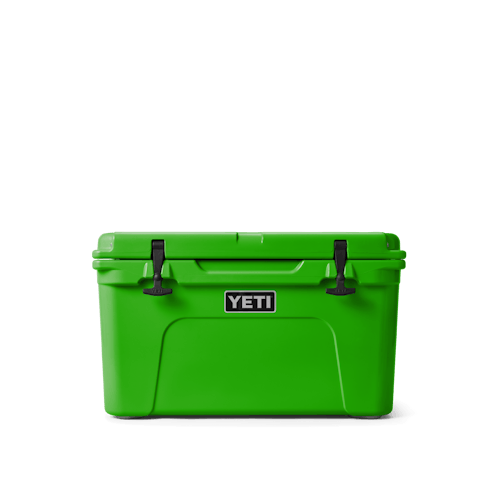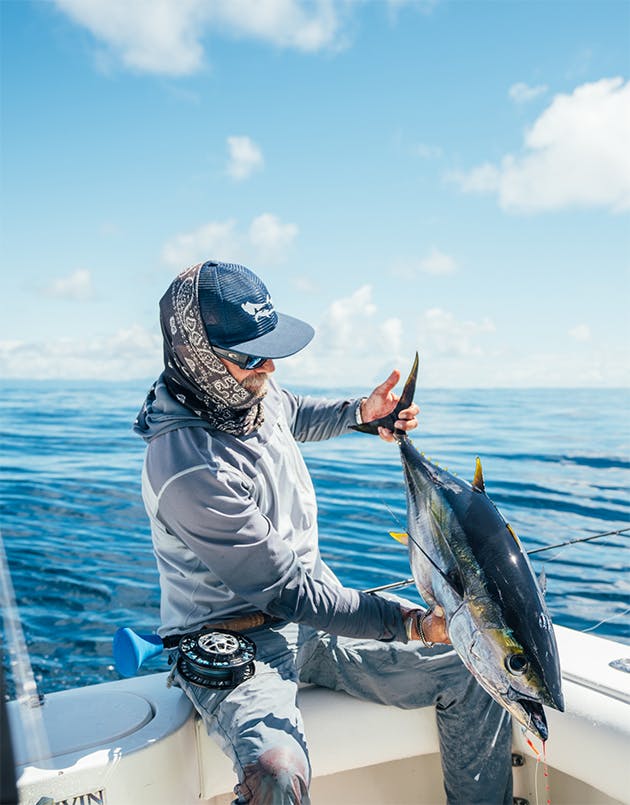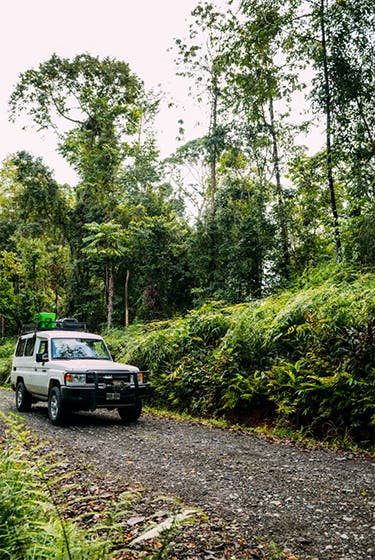
Go Deeper
TRAVERSING
THE OSA
3 Min Read
Story By:David Mangum
Photos By:Nick Kelley
Location:Osa Peninsula, Costa Rica
Costa Rica’s Osa Peninsula is one of the country’s most remote destinations. So getting there–and getting around once you arrive–takes some work. Here are some lessons Ambassador David Mangum learned on his first trip to the Osa.

YETI Ambassador
David Mangum
Fishing
I brought my daughter Marin to the Osa Peninsula so that we could experience everything that’s on offer in the last coastal rainforest on the Pacific side of Central America. Getting there took a little planning, but these remote, off-the-beaten-path destinations that aren’t heavy with tourists are always worth the extra effort.
One of the Osa’s secrets is that most of the roads aren’t paved, and are in fact extremely rugged. It helps keep car traffic down, but makes getting around that much tougher. I’ve jotted down some tips on everything from plane travel to renting a four-wheel drive for the Osa’s treacherous roads. We were really glad that we relied on local guides to put us in the right spots at the right time.
Getting to the Osa
Plan on a little bit of airtime to get to the Osa Peninsula. Coming from Florida, we flew to Costa Rica’s capital, San Jose. From there, we hopped on a small prop plane with about 10 to 15 people out to Puerto Jimenez which took about 45 minutes. With absolutely beautiful views the whole way, my daughter and I got stoked for what the rest of the trip holds.
Getting Around on the Peninsula
One thing we found on the Osa was a road system crying out for a high-clearance SUV with 4WD. Roads to the beaches, waterfalls, and trailheads were rutted out and either dusty or muddy. We rented an SUV at the local airport. If you want to avoid driving altogether, most resorts have some kind of transportation to and from the airport and for hiking tours into the rainforest, beach access, and other resort activities.
Getting into Fish
I picked the Osa in part because there are so many fishing opportunities in the waters surrounding the peninsula--inshore for rooster fish and bonita, offshore for marlin and tuna, even shore fishing and kayak excursions. With all those choices I really wanted a local guide. We used Crocodile Bay to fish offshore for tuna and inshore for rooster fish. The guide was key to make sure I was getting shots at fish with the right setup.
Getting into the Surf
Marin was very excited to surf and we found that there were surfing options for all skill levels. A local guide can lead you to the right beach at the right time and make sure you don’t get in (too far) over your head. Our guide Tosh had Marin surfing the longest waves of her life. Some beaches are best accessed by a 4WD vehicle on a dirt road through the jungle while others surfing sports can be accessed via boat.

Getting Into (and around in) The Jungle
We came to the Osa ready to hike. The best and pretty much only way to see the unparalleled biodiversity of the Osa Peninsula is via trail. Crocodile Bay offers everything from night walks to sloth tours and they can take care of permits into the national park, which are required. We had some bumpy rides to the trailhead, laced up our waterproof boots, and broke out the rain gear when the rainforest lived up to its name. We were glad we brought lots of water, even for short hikes. Despite the humid and sometimes rainy weather, we got thirsty fast, even when we felt like we were all wet.
More From the Osa Peninsula

